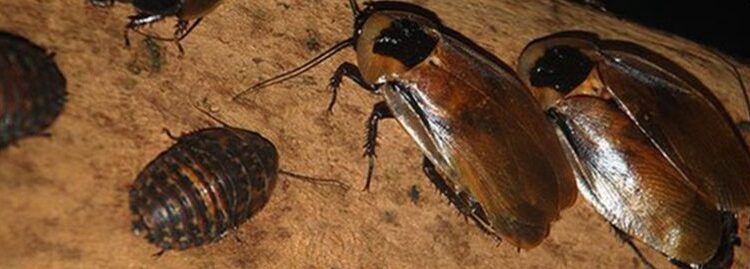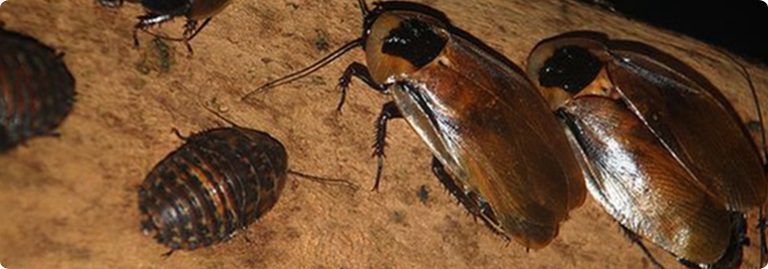
Discoid Cockroach or False Dea
Looking for a Profession Exterminator in the Baltimore & DC Area?
Your Information Is Safe With Us. Accuate Pest Control will never sell, rent, share or distribute your personal details with anyone.
SATISFACTION GUARANTEE
We believe in the quality of our work. That’s why we proudly offer 100% Satisfaction Guarantee on our Residential Pest Control, Cockroach Control, Scorpion Control, Termite Control, Rodent Control and Weed Control Services. If you are not happy with the results, we will provide additional service with no extra charge until you are completely satisfied. Otherwise, you can request for a 100% refund or credit back to your account.
Re-service Guarantee
We guarantee to re-service your home or business for free, if pest problems return between our scheduled visits.
Price Guarantee
We offer a 2-Year Price Lock Guarantee which means that you don’t have to worry about increasing pest control rates for a minimum of two years.
Pest Control Guarantee
We guarantee to remove all covered pests on the interior and exterior of your property through our high-quality pest control service
Discoid Cockroach or False Dea

Characteristics
The discoid cockroach or the false death’s head cockroach resembles the true death’s head cockroach although it is bigger than the true death’s head as they can grow up to 3 inch long. Although both female and male cockroaches have wings, this particular species cannot fly. They are not good climbers as well, and cannot climb smooth surfaces. They have a dark brown with yellow and black markings on their bodies. The back of their head has a marking that is similar to a vampire or a skull, which is where their name was derived.

Habitat
These cockroaches prefer to live in caves, forests, and may also be seen infesting homes. When these roaches are made as feeders for tarantulas, lizards, and bearded dragons, they are usually placed in a glass aquarium, which these roaches can clean by themselves. They are popular as feeders because they breed faster than the true death’s head, and are not expensive. However, the true death’s head cockroach is also popular as pets because of their attractive and shiny appearance.

Behavior
The discoid cockroach is a nocturnal insect. At night, they will scavenge for food and will look through leaf litter and bat droppings for food. They are not able to climb smooth surfaces like glass, so most enthusiasts who house them, usually place them inside a glass container. These cockroaches are fast runners, compared to the true death’s head cockroach. This cockroach also emits a slight bad odor when it gets scared.
Food
They prefer to eat decaying food, plant, and animal matter. Just like any other cockroaches, these roaches can eat feces or wood materials, especially when they cannot find their main food source. They always have a hungry appetite, which allows them to consume food that is half their body weight.
Life Cycle
The life cycle of the false death’s head starts with the female carrying the eggs inside her, then giving birth to nymphs. Each capsule may contain 34 eggs that will be hatched within three to four weeks. Nymphs prefer to stay hidden underground, which is why it is difficult to find wing sheaths as they grow. It takes four to five months for these cockroaches become adults. Once they attain full maturity, they will have about ten to twelve months to live.
Other Information and Tips
Just like the effect of other cockroaches, the presence of a large population of the false death’s head can create a bad odor, which may affect the flavor of food. They can also contaminate the food they walked in and the utensils we used to eat. They are also carriers of dangerous pathogens that can cause allergic reactions in some individuals. Their feces and dead bodies can cause different allergies and trigger asthma attacks.
If the false death’s head cockroaches are not going to be used as feeders, and they are seen in homes, it may just indicate that they are making your home their home.
To eliminate them, make sure to:
Vacuum regularly to sack up all the carcasses and egg cases that you are not able to see.
• Clean and sanitize the affected area regularly so that cockroaches will not go back to their old harborage.
• Keep those pests out by fixing plumbing fixtures, wall outlets, windows and doors, and switch plates.
• Use baits and insecticides.
• If infestation still occurs, consult a professional exterminator.
If you would like to get in contact with us, you can give us a call
